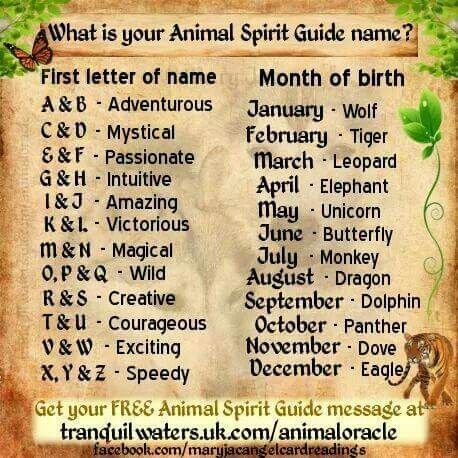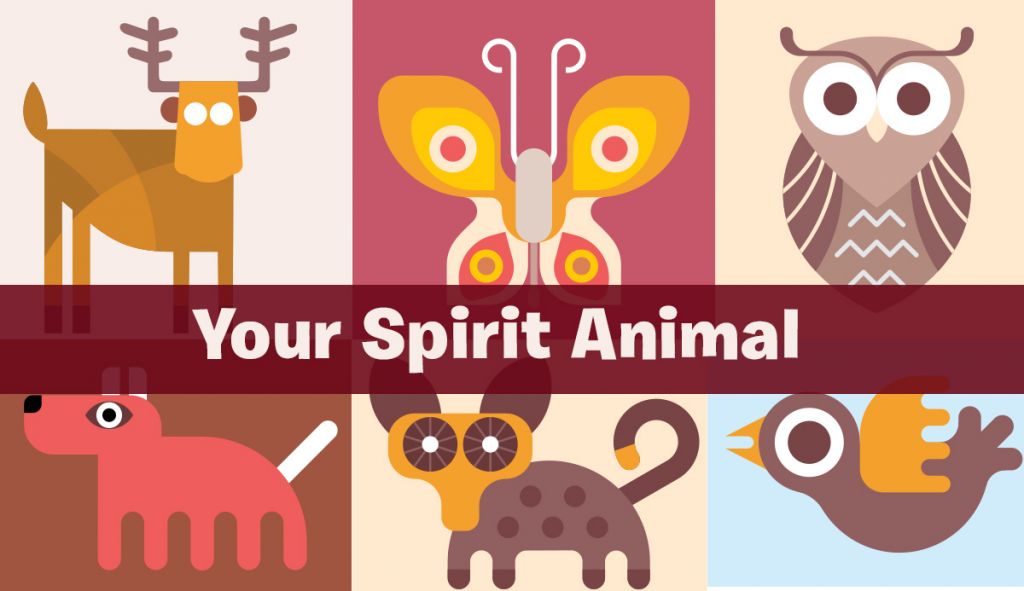
It’s precisely because we tend to ignore our primal side that we can end up surprised at what our animal spirit guide is. Now those are formidable names – it’s only natural that only formidable people can earn them.įinding your spirit animal can be a uniquely insightful kind of exercise to learn new aspects of your personality, especially that instinctual, primal side to which many of us usually don’t pay attention. Just look at such influential Native American heroes like Sitting Bull, Black Hawk and Standing Bear. For a tribesman of enough merit, they might even take the moniker of an animal significant in their lives as part of their name. In essence, however, spirit animals helped a person mature and take on great feats, exemplifying the traits which they or their tribe needed from them the most. The message might be the start of a long journey, or a quest for self-improvement, or even an actual message to deliver to another tribe’s chieftain. Dreams depicting critters such as deer, oxen, horses, or cattle might be taken as the appearance of a tribesman’s spirit animal granting him a message. Spirit animals took on a much more mystical and active role in American Indian culture compared to the tutelaries and familiars of other mythologies. As their tribes lived so closely among the marvellous creatures of the wilderness, many animals became key figures and symbols for different tribes and communities.

The practice of discovering and following the guidance of spirit animals stems from shared Native American culture. In what voice might you answer back? A great roar? A shriek to pierce the skies? A subtle, fear-inspiring hiss? “What’s my spirit animal?” you may finally ask.

You might be braver, stronger, smarter, or more resilient than you think.Īll of us hear the call of the wild. Perhaps it can add a touch of nuance to your perspective on life, or serve as a symbol of your greatest strengths, or even act as a guide to your untapped, hidden potentials as a person. It is a savage remnant, yearning to be expressed. Gone are the days where you and I needed to fight off carnivorous beasts for our next meal, or chase wild game to the point of exhaustion, although much of the wilderness is still in our souls. To follow one’s spirit animal was to take a journey toward growth and self-discovery. For the Native Americans, the ‘spirit animal’ even acted as a guide to bring out the best qualities in a tribesman. These traits resonated with us, and so people adopted various animals into their personal and group identities over the ages – symbols of their proudest characteristics or members. In the process, they learned to take note of many of their admirable traits: the courage to face against scores of predators attacking one’s home the patience and resilience to live throughout long, tough winters or the desire to explore the world in search for greener pastures. Our ancestors spent a lot of time around animals. Even today, this primal memory lives within us, storing deep in our minds the wisdom and instinct honed from the earliest days of Man.

We’re all civilized now, but a time stood not long ago when Mankind was much closer to Nature and all her children – when humans hunted and foraged and scavenged and explored just as animals did.


 0 kommentar(er)
0 kommentar(er)
